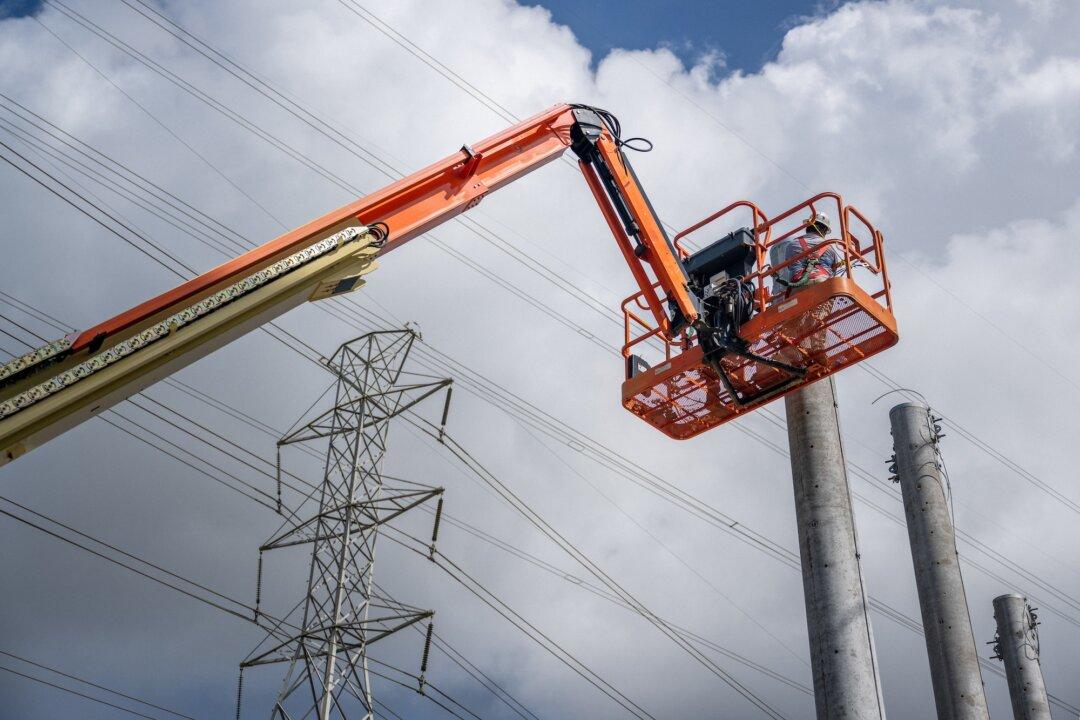The Department of Energy (DOE) has announced $2.2 billion in funding for eight projects across 18 states to strengthen the electrical grid against extreme weather events, reduce costs, and expand capacity for growing energy demands.
The projects that have been selected to receive the funds will add nearly 13 gigawatts (GW) of grid capacity, including 4,800 megawatts (MW) of offshore wind, and will upgrade a total of over 1,000 miles of transmission, the DOE said in an Aug. 6 press release.





